





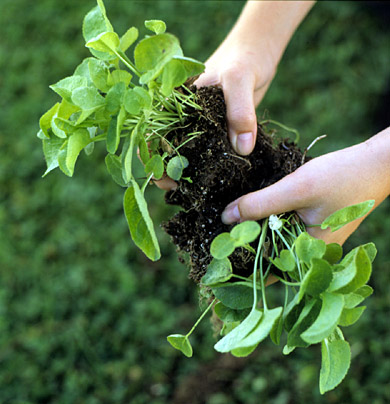 For small clumps with loose, fibrous root systems, such as Campanula, simply dig up the plant and gently pull the roots apart.
For small clumps with loose, fibrous root systems, such as Campanula, simply dig up the plant and gently pull the roots apart.
There's a lot of math going on in every successful garden. Adding new plants. Subtracting weeds. Multiplying your perennial population. And there comes a time for division, too. When plants look overcrowded or cramped, it's time to divide (generally, every three to five years). Or, you can divide to add your favorite perennial to a different spot or share it with a fellow gardener.
Remember: If the plant blooms in the spring, divide in the fall; if it blooms in late summer or fall, divide in the spring (midsummer-blooming plants should be divided in early spring).
Dividing is simple. Follow these tips, and you'll soon be a master at easy division. It doesn't get any easier than this.
Click here for stunning perennials to add to your garden!
continue reading below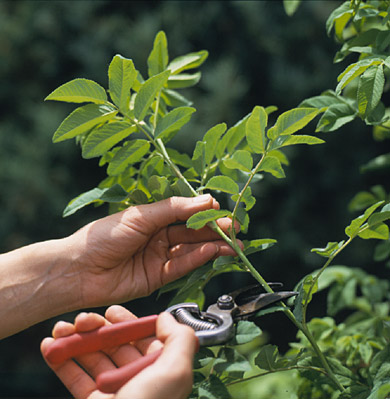
1. Cut a section of the stem that includes several sets of leaf nodes and shows healthy, green growth.
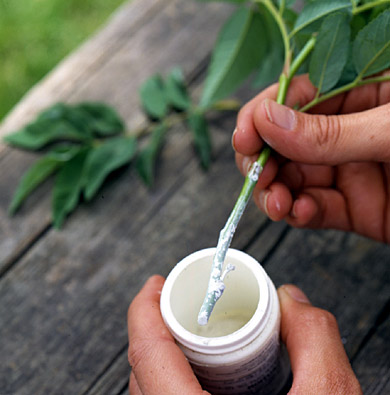
2. Remove the bottom leaves, exposing at least two nodes (where roots will start). Dip the cutting in rooting hormone, and shake off excess solution.

3. Place cutting in a pot of moist perlite or vermiculite. Put in a sunny spot or under a grow light. Slip the pot into a clear plastic bag, allowing the condensation to keep it moist. After one month, gently tug the stem to feel for resistance. If you get resistance, roots have grown and you can transplant to potting soil.
Rhizomes are plants that have a thick underground stem; iris is one example.
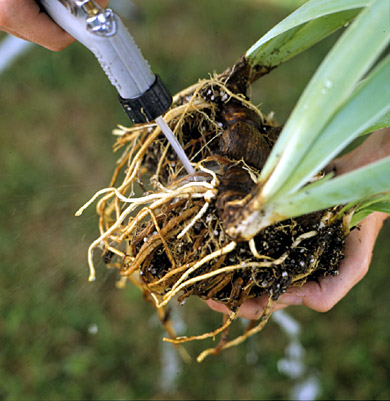
1. Dig up iris rhizomes, and wash off dirt to expose new shoots.
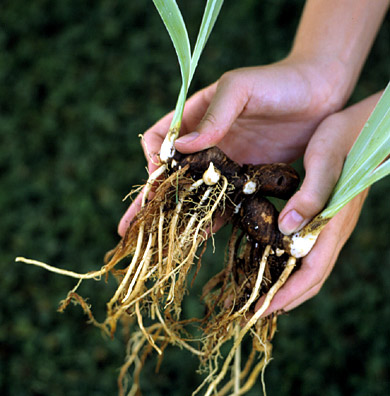
2. Break apart or cut new rhizomes from the old clump. Each new rhizome should have one or two fans.
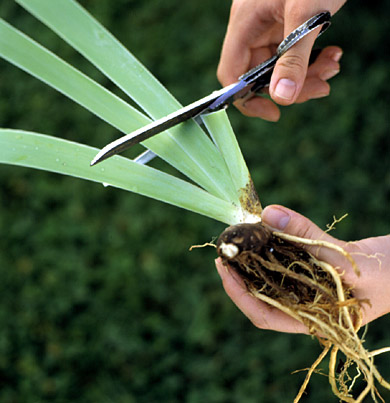
3. Trim back foliage. Before replanting bearded irises, dip new rhizomes in a fungicide powder (to prevent mold), let dry, and replant.
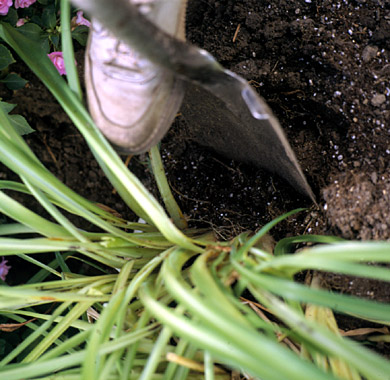
1. Dig up entire plant and roots.
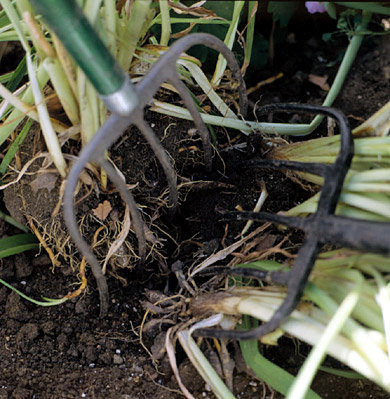
2. Separate root systems down the middle using two garden forks.
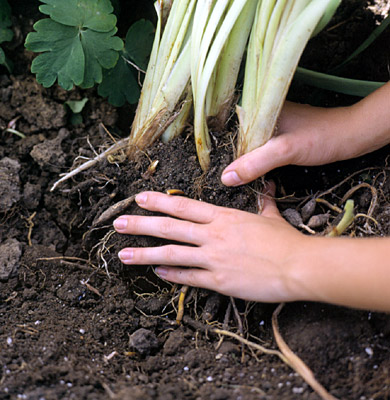
3. Replant divided plant halves, and water.
Copyright © www.100flowers.win Botanic Garden All Rights Reserved